
Carrying a rifle into the remote places hunters love so much is a different experience that simply heading to the deer stand on the back 40. On the backcountry hunts, where the vast majority of gear is carried in and out on your person, weight matters. For the last four decades, when the topic of lightweight rifles comes up, Winchester’s M70 Featherweight and Remington’s M700 Mountain are often mentioned, but you'll assuredly hear the name Melvin Forbes and his Ultra Light Arms.

Released to the public in 1984, Forbes’ West Virginia company developed a whole new design, producing what was the first sub-5-pound bolt gun. A rigid synthetic stock and simple cylindrical receiver, mated with a two-lug bolt and two position safety, along with a very thin (and often shorter) barrel rounded out the package. After a bit of corporate shuffling, Forbes’ Ultra Light Arms was reborn as New Ultra Light Arms, and ultimately Melvin sold his company to Bill Wilson, owner of Wilson Combat and Lehigh Defense. It was the Wilson Combat NULA Model 20 which arrived for review, and I'm happy to say that they’ve not only allowed the spirit of Melvin Forbes shines through in the new production rifle, but Wilson Combat has made one helluva rifle.
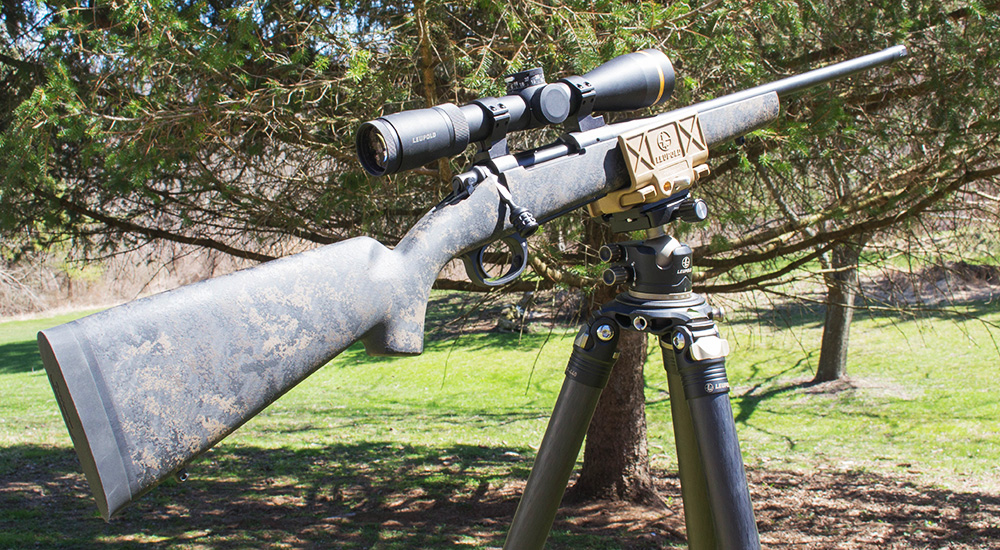
Chambered in .308 Winchester—one of the best all-around hunting cartridges available—the NULA Model 20 came in the Kodiak Rogue camo pattern, with a 20-inch steel button-rifled barrel, in a 1:10 twist, without sights of any sort. The muzzle is threaded ⅝x24, shipped with a thread protector. The receiver is EDM cut from 4140 steel bar stock, and measures a mere 1.22 inches in diameter, with the bolt body machined from 4340 bar stock, measuring 0.585 inches in diameter.

All the exposed metalwork is coated in a weatherproof finish, with the barrel coated in Wilson’s Armor-Tuff finish, the receiver and bolt coated in Armorlube DLC, and the aluminum hinged floorplate and trigger guard sporting a hard anodized finish. The Model 20 features a Timney Elite Hunter trigger, with a ⅜-inch-wide blade. According to my Lyman Digital Trigger Scale, the Timney broke consistently at two pounds, 14 ounces, with no noticeable creep and just the slightest bit of overtravel. The Model 20 is equipped with a two-position safety, located at the right rear portion of the receiver, with the forward position allowing the rifle to fire and the bolt to be operated; when in the rearward position the sear is blocked and the bolt is locked.
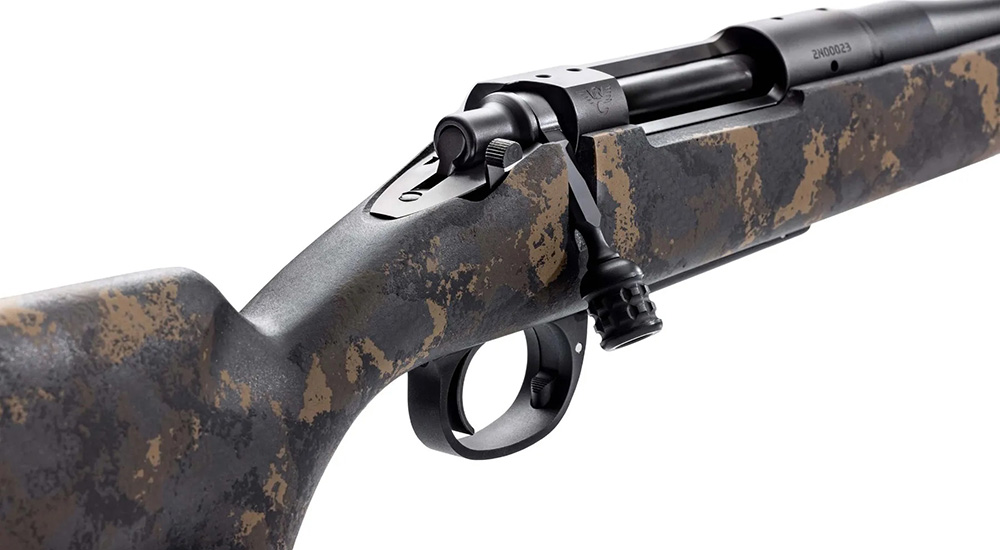
The Model 20 has a push-feed action, with the Sako-style oversized extractor and a plunger ejector. The magazine holds four rounds down, with the option of a fifth in the chamber. The scaled-down bolt release is situated at the left rear of the receiver, and the bolt features a handy red cocking indicator to let the shooter and those around them immediately know whether or not the rifle is cocked. I found the Model 20’s action to be very smooth, having presented no issues at all during feeding or extraction.
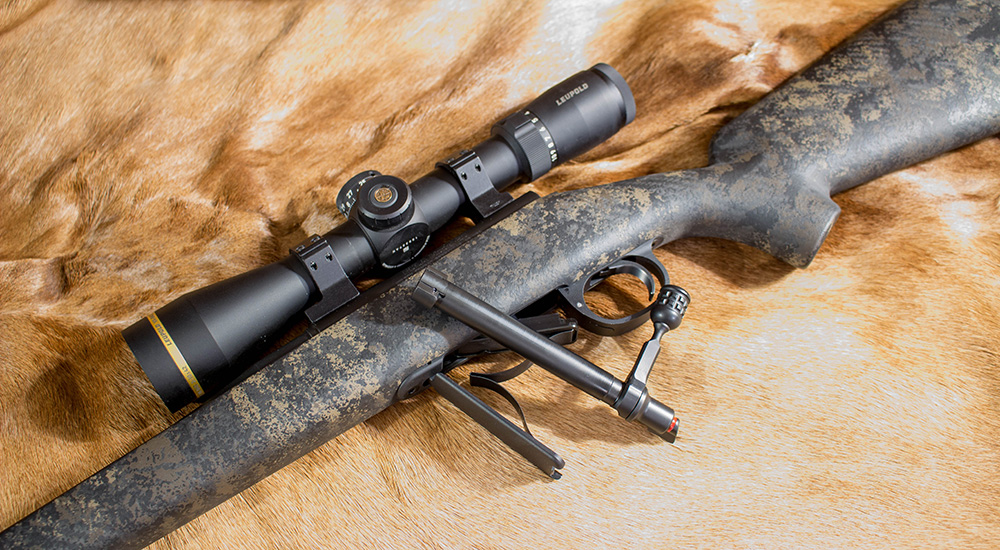
The carbon-fiber stock on the Model 20 is lightweight, yet rigid, with reinforced receiver walls, and a length of pull measuring 13½ inches, culminating in a one-inch thick Pachmayr Decelerator recoil pad to help take the sting out of such a light gun. Being honest, the NULA Model 20 didn’t have a terrible recoil at all, and I attribute a good part of that to the design of the stock; it doesn’t slap the shooter in the cheek, instead directing the recoil straight back. I did not use a suppressor or muzzle break for the testing. Wilson Combat provides Nitride coated slings studs fore and aft. The stock has no ‘checkering’, instead a positive grip is afforded by a “roughed” feel to the entire stock; with or without gloves I had no problem holding onto the Model 20.

To take the Model 20 to the range I mounted a Leupold VX-5HD 2-10x42 (one of my favorite hunting scopes ever) in Talley Lightweight Alloy mounts. I grabbed four different hunting loads for testing: The Federal Premium 180-grain Trophy Bonded Tip, Federal’s 175-grain Terminal Ascent, Hornady’s 165-grain lead-free CX in its Outfitter ammo line, and the Lehigh Defense 153-grain Controlled Chaos copper alloy bullet. Because this is most definitely a hunting rifle, and because of the thin barrel, I limited groups to three shots, averaging three groups for each ammo type. Wilson Combat gives a one-MOA guarantee with the Model 20, and my test rifle delivered the goods. The Federal Trophy Bonded Tip gave the best groups, averaging 0.65 inches, with the Hornady CX coming in last, but still averaging sub-MOA at 0.97 inches. All the ammo fed perfectly from the magazine and the Model 20 had no issues throwing spent brass. My Oehler 35P chronograph showed respectable velocities from the rifle, with the shorter 20” barrel posing no handicap.
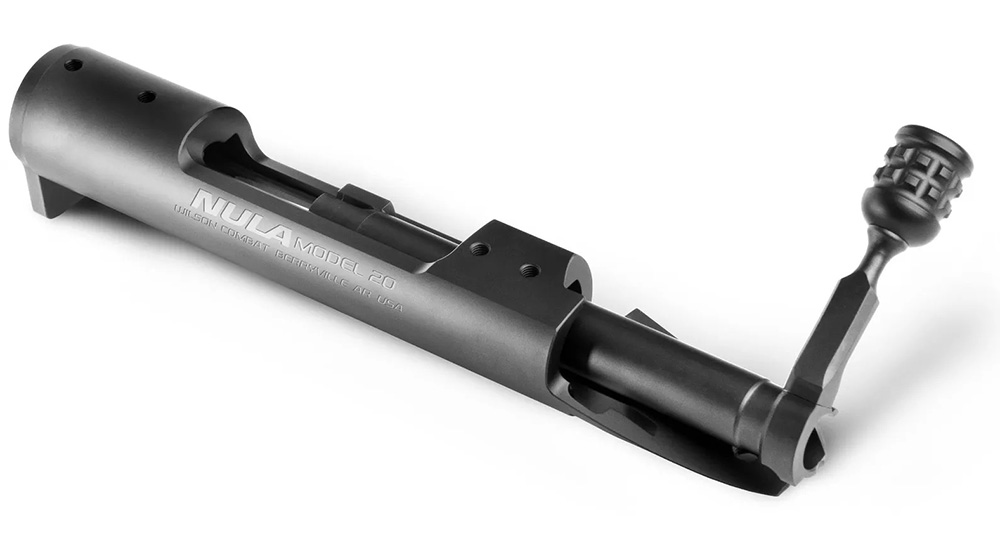
One thing I noted about the NULA Model 20 is the impressive balance for a rifle this light. Unscoped, the Model 20 weighs in at 5¼ pounds; all dressed up with optics and four rounds in the magazine my test rifle tipped the scales at 6 pounds, 12 ounces, and measures 39½ inches from nose to tail. Yet the NULA keeps the rifles weight where it should be: between the shooter’s hands. I’ve always preferred rifles with a bit more weight over lighter ones, as they would settle down faster in the field. For a light rifle, I feel the Wilson settles down nicely, and (predictably) is a joy to carry. I had this rifle slated for a mule deer hunt last fall in the hills of Utah, but sadly, technical difficulties prevented that from happening.
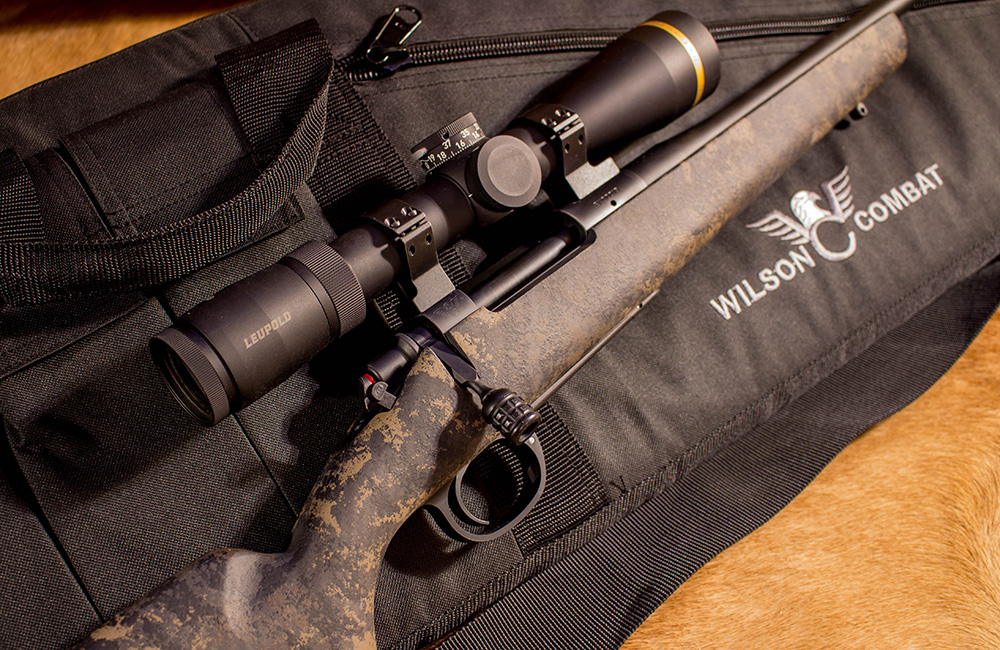
The NULA Model 20 is available in the following short-action cartridges: 243 Winchester, 6.5 Creedmoor, 7mm-08 Remington, 308 Winchester, and (surprisingly, in a great way) the 358 Winchester. The 243 Winchester and 6.5 Creedmoor have the option of a 20- or 22-inch barrel and the 7mm-08, .308 and .358 have the option of a 16¼-inch or 20-inch barrel. The rifle has three stock finish options: Kodiak Rogue (shown here), Charcoal Gray and Canyon Rogue. The base MSRP is $2,995. For more information, visit wilsoncombat.com.




































